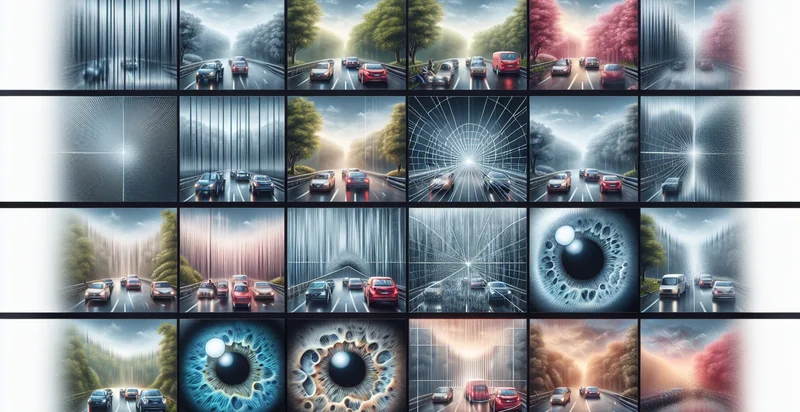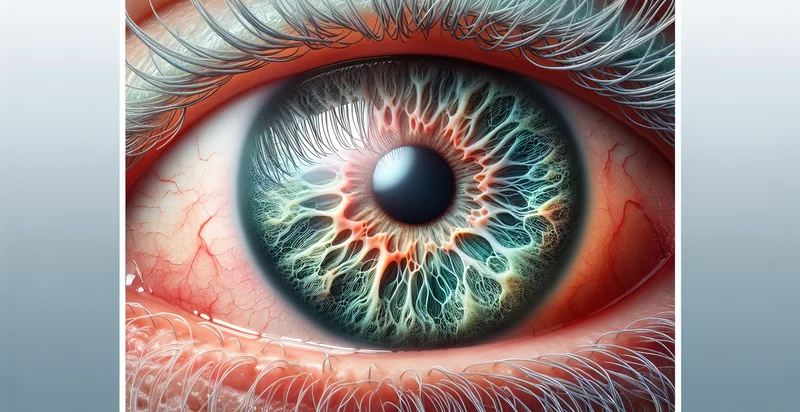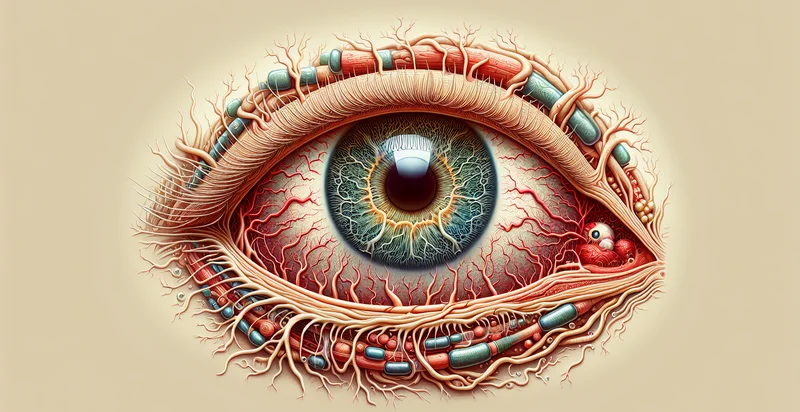Identify astigmatism levels
using AI
Below is a free classifier to identify astigmatism levels. Just upload your image, and our AI will predict the level of astigmatism present in an eye. - in just seconds.

Contact us for API access
Or, use Nyckel to build highly-accurate custom classifiers in just minutes. No PhD required.
Get started
import nyckel
credentials = nyckel.Credentials("YOUR_CLIENT_ID", "YOUR_CLIENT_SECRET")
nyckel.invoke("astigmatism-levels", "your_image_url", credentials)
fetch('https://www.nyckel.com/v1/functions/astigmatism-levels/invoke', {
method: 'POST',
headers: {
'Authorization': 'Bearer ' + 'YOUR_BEARER_TOKEN',
'Content-Type': 'application/json',
},
body: JSON.stringify(
{"data": "your_image_url"}
)
})
.then(response => response.json())
.then(data => console.log(data));
curl -X POST \
-H "Content-Type: application/json" \
-H "Authorization: Bearer YOUR_BEARER_TOKEN" \
-d '{"data": "your_image_url"}' \
https://www.nyckel.com/v1/functions/astigmatism-levels/invoke
How this classifier works
To start, upload your image. Our AI tool will then predict the level of astigmatism present in an eye..
This pretrained image model uses a Nyckel-created dataset and has 5 labels, including Extreme, Mild, Moderate, None and Severe.
We'll also show a confidence score (the higher the number, the more confident the AI model is around the level of astigmatism present in an eye.).
Whether you're just curious or building astigmatism levels detection into your application, we hope our classifier proves helpful.
Related Classifiers
Need to identify astigmatism levels at scale?
Get API or Zapier access to this classifier for free. It's perfect for:
- Telehealth Eye Exams: This function can be integrated into telehealth platforms to assess patients' astigmatism levels remotely. By analyzing uploaded images of the eye, healthcare providers can make more accurate diagnoses and recommend appropriate treatments without requiring an in-person visit.
- Vision Correction Retail Tools: Optical retailers can implement this image classification function on their websites or in-store kiosks to help customers understand their astigmatism levels. This can improve customer satisfaction by enabling personalized recommendations for glasses or contact lenses based on individual eye conditions.
- Mobile Eye Health Applications: Developers can create mobile applications that guide users through the process of self-assessing their astigmatism levels using their smartphones. This empowers users with knowledge about their eye health and encourages them to seek professional help when necessary.
- Clinical Research and Trials: Researchers in ophthalmology can utilize this function to efficiently classify astigmatism levels in study participants. It streamlines data collection, allowing for more significant sample sizes and quicker results in clinical trials investigating new treatments.
- Insurance Risk Assessment: Insurance companies can use this classification function to assess the risk levels associated with eye health. By analyzing the prevalence of astigmatism among their policyholders, they can adjust premiums or product offerings accordingly to reflect real-world risk assessments more accurately.
- Augmented Reality Eye Examinations: AR companies can incorporate this function into their applications to create interactive eye examinations. Users can receive immediate feedback about their astigmatism levels during an engaging experience, making eye health assessments more accessible and enjoyable.
- Personalized Marketing for Eye Care Brands: Eye care brands can leverage astigmatism classification to tailor marketing efforts towards specific demographics. By targeting consumers with a known need for astigmatism correction, brands can improve conversion rates and enhance customer relationships through personalized outreach.


